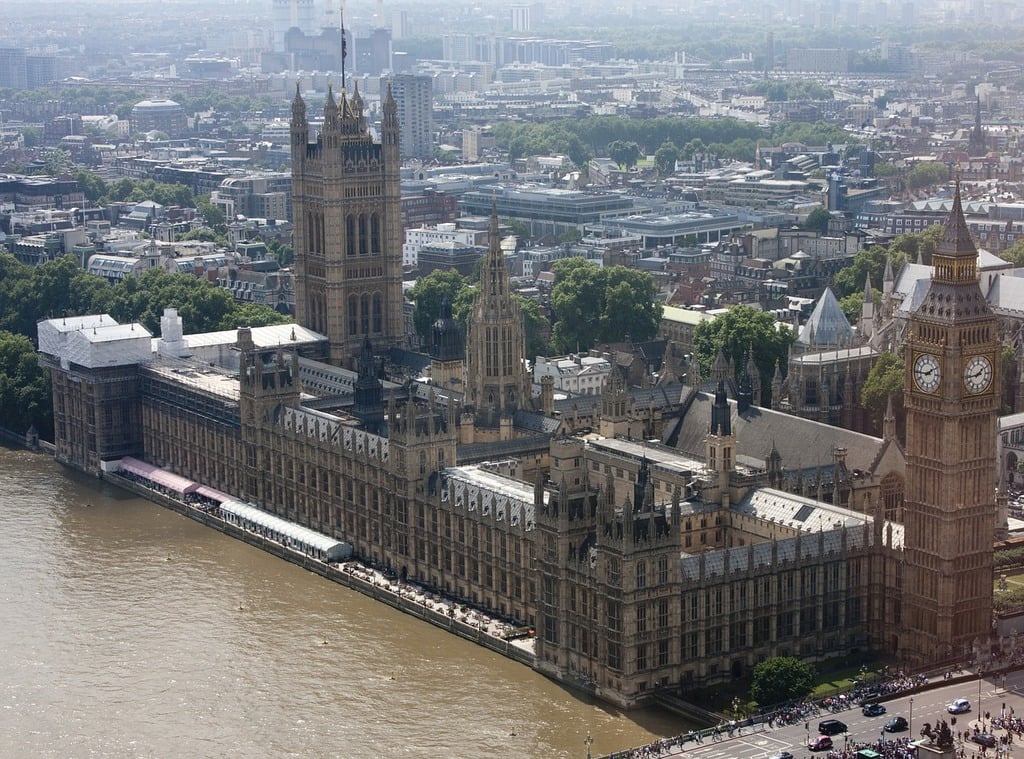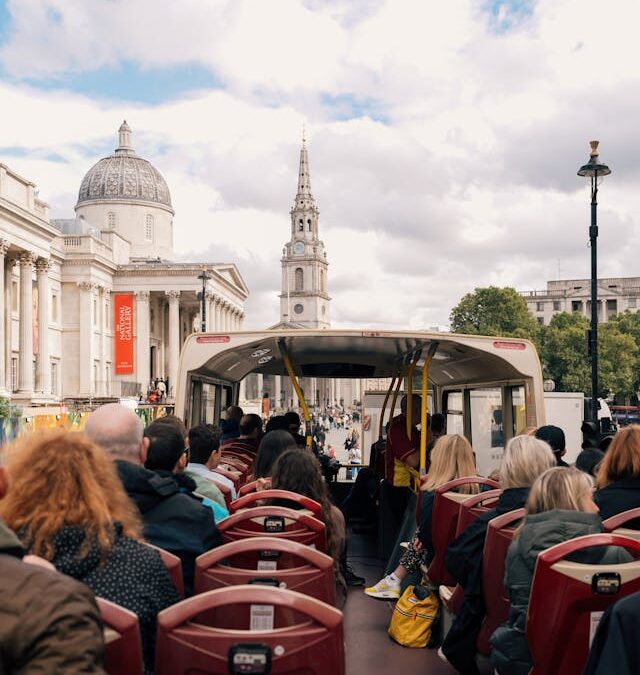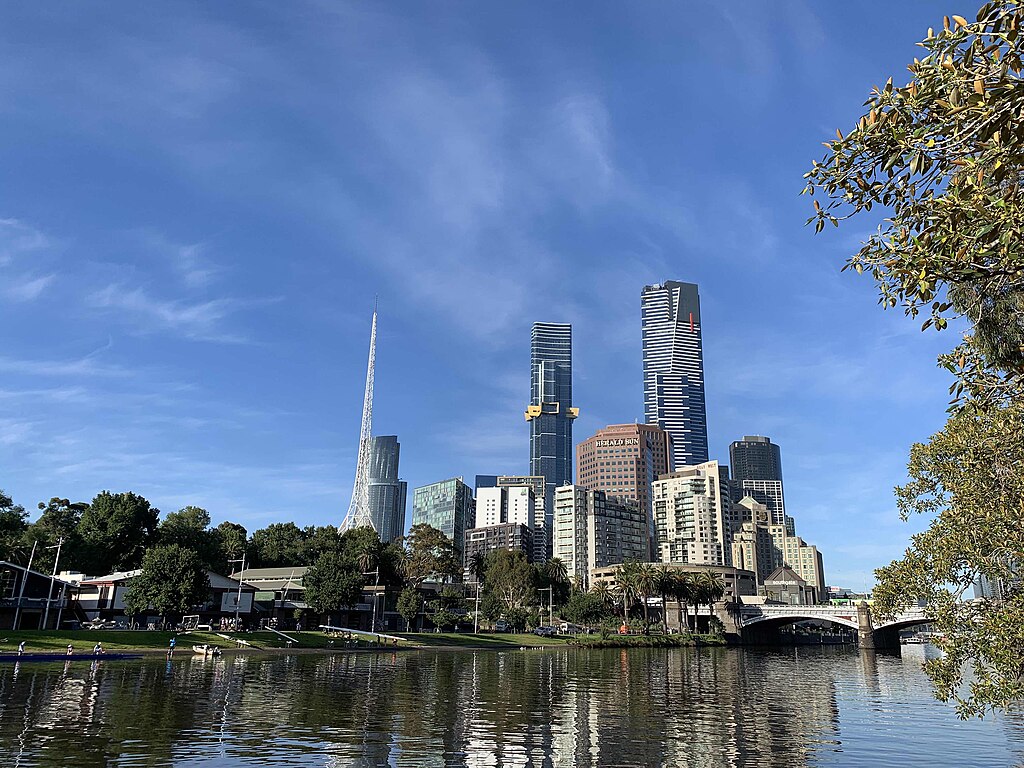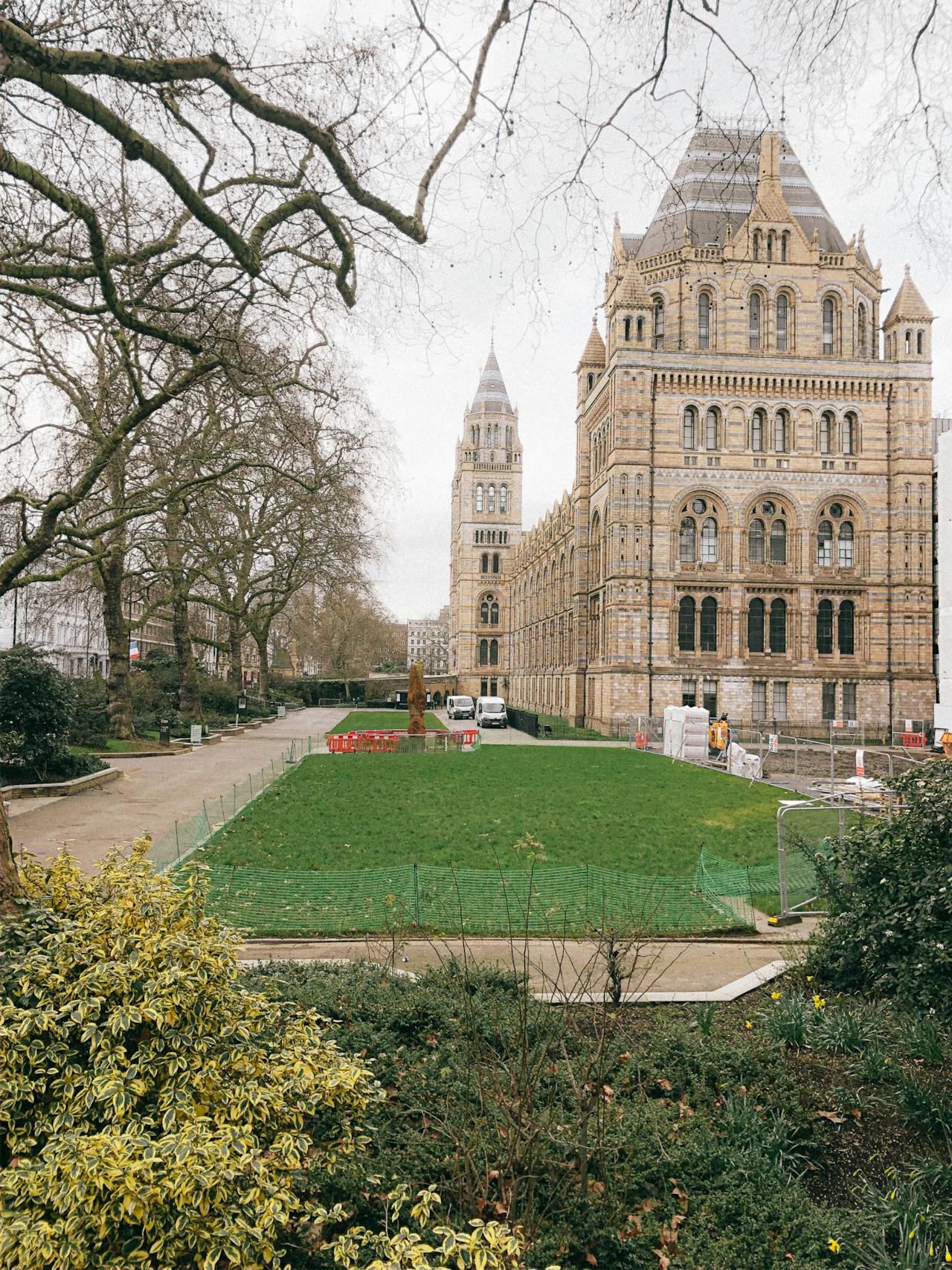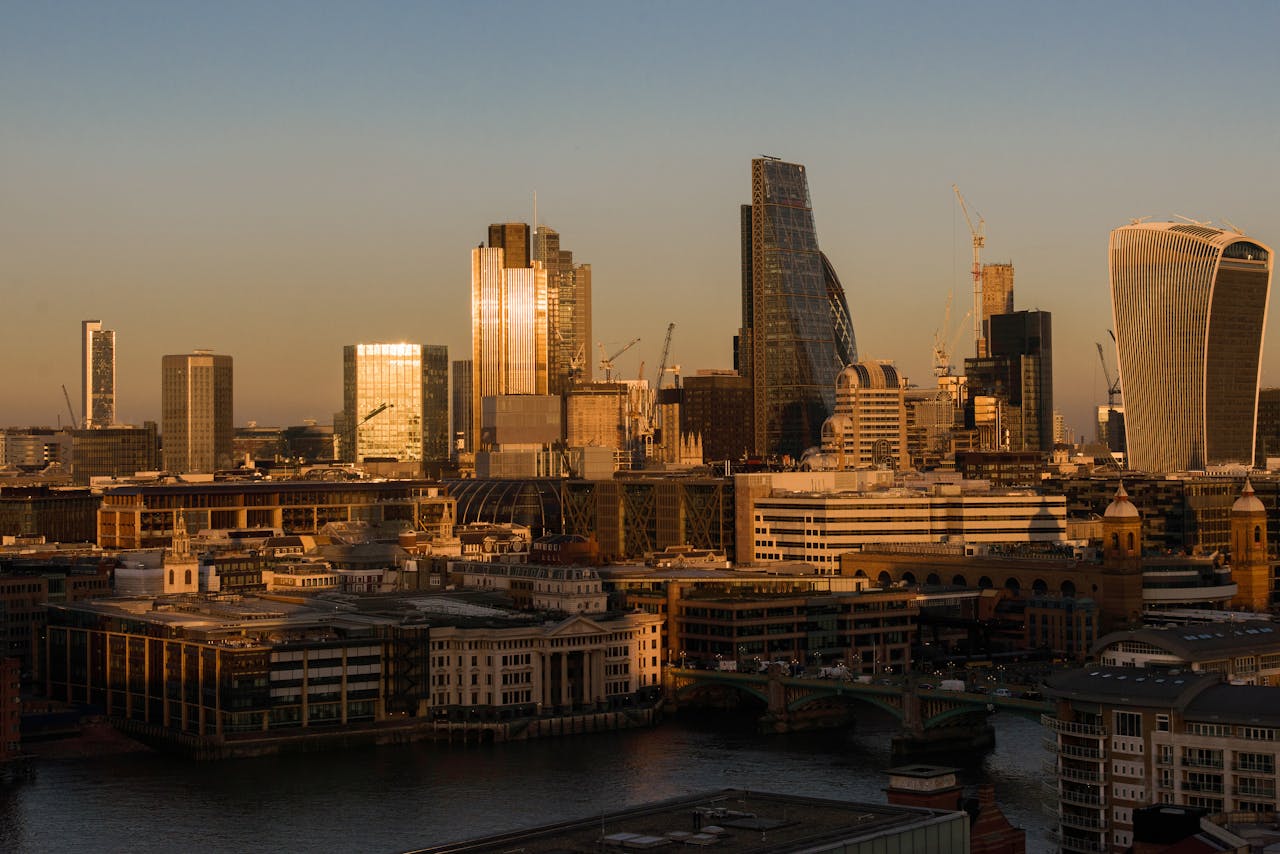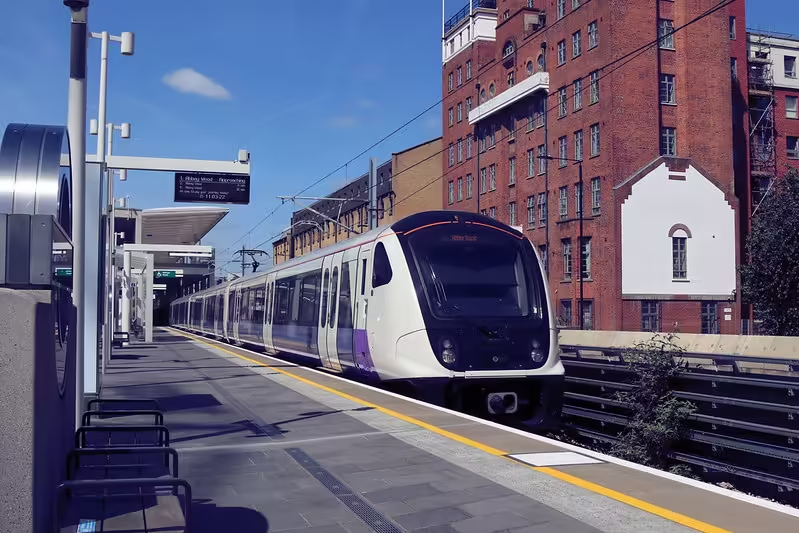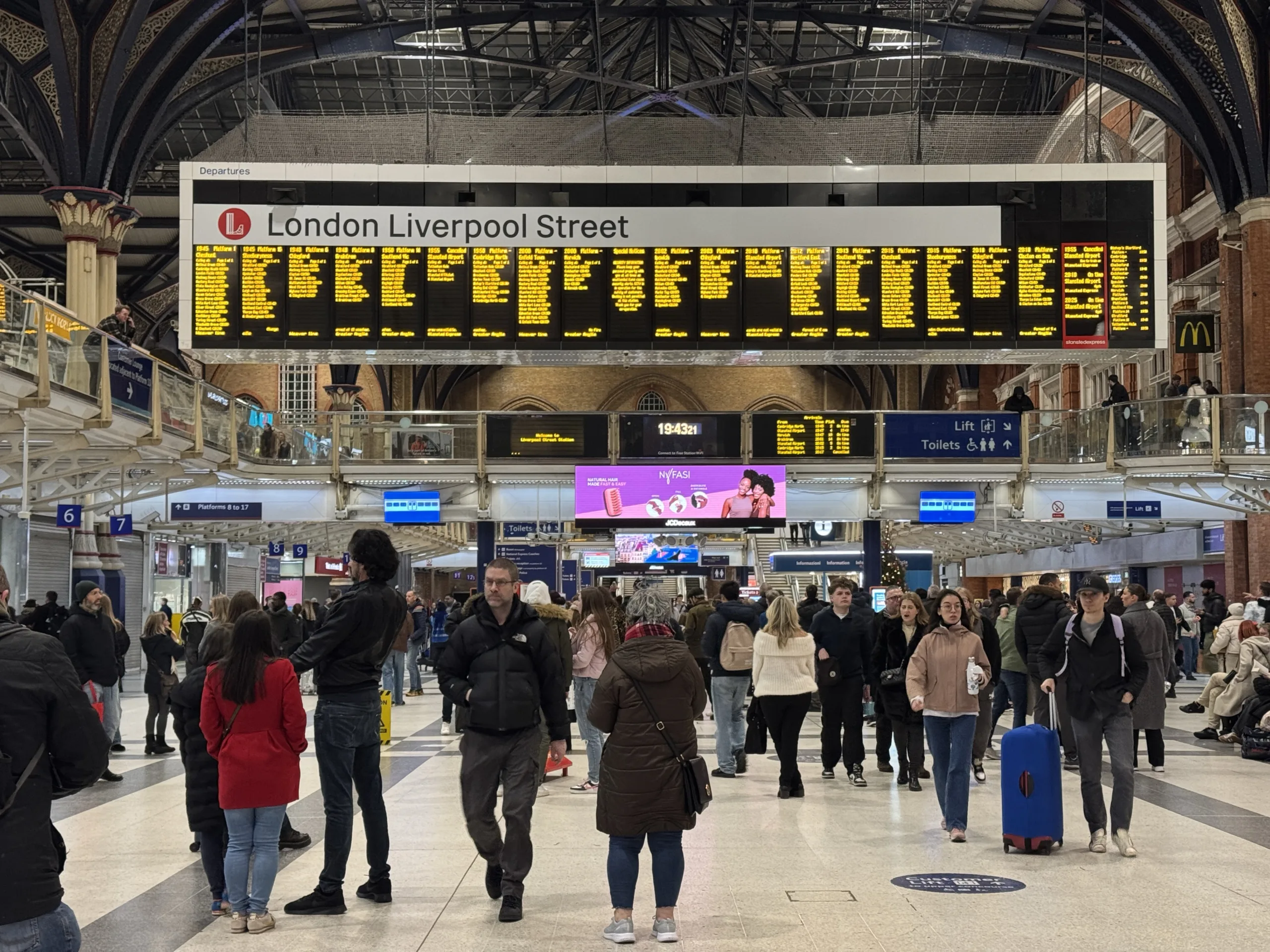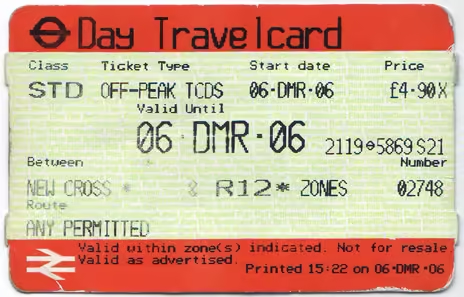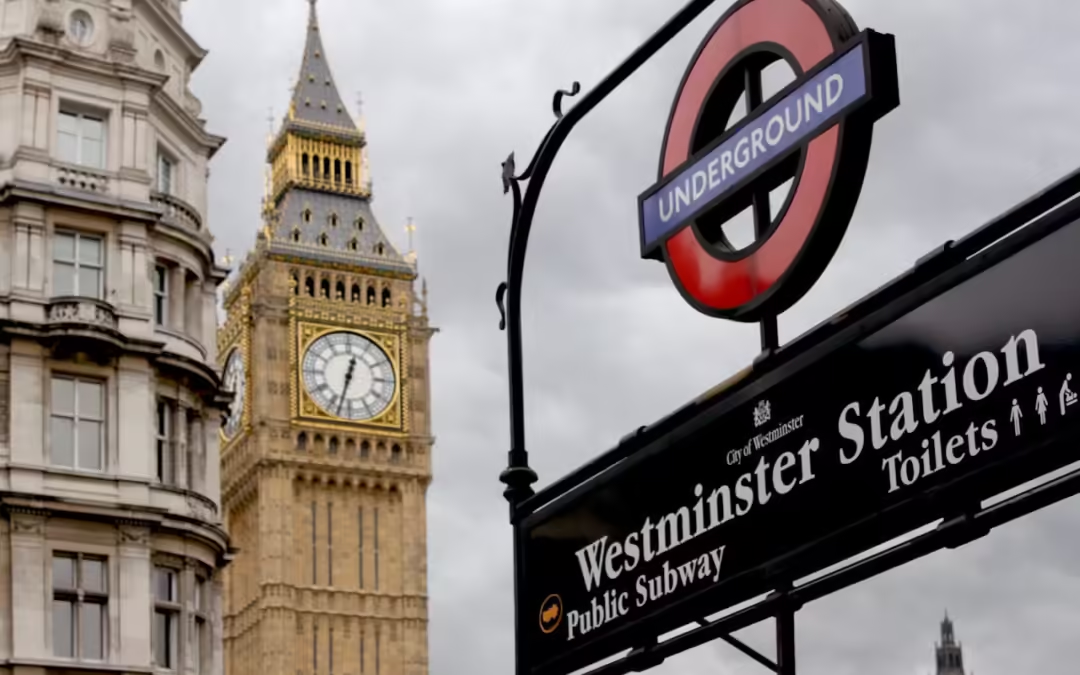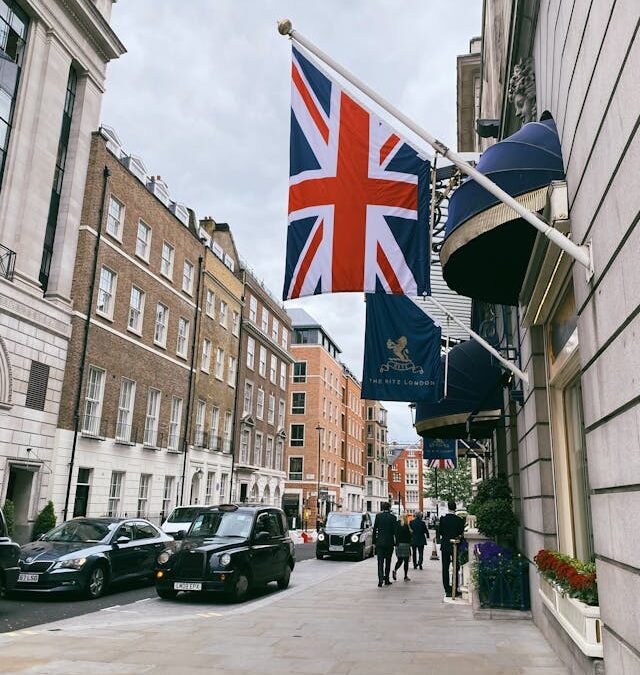
Best places to stay in London when you first arrive
London is an endless patchwork of history, culture, and charm. But, before you dive into the city’s landmarks, buzzing streets, and those quirky little corners of tranquillity, you have to answer one important question: where to stay in London?
Arrival: The First Glimpse of London
I remember the first time I arrived in London. It was a late summer evening, and the air was filled with that unmistakable city buzz. As the taxi weaved through the streets, I realised quickly that choosing the right place to stay was going to be the key to unlocking the best version of my London experience.
Each area had its own distinct personality—like meeting different characters in a novel. But finding the right one? That took a little time and a lot of wandering. Let me take you on that journey.
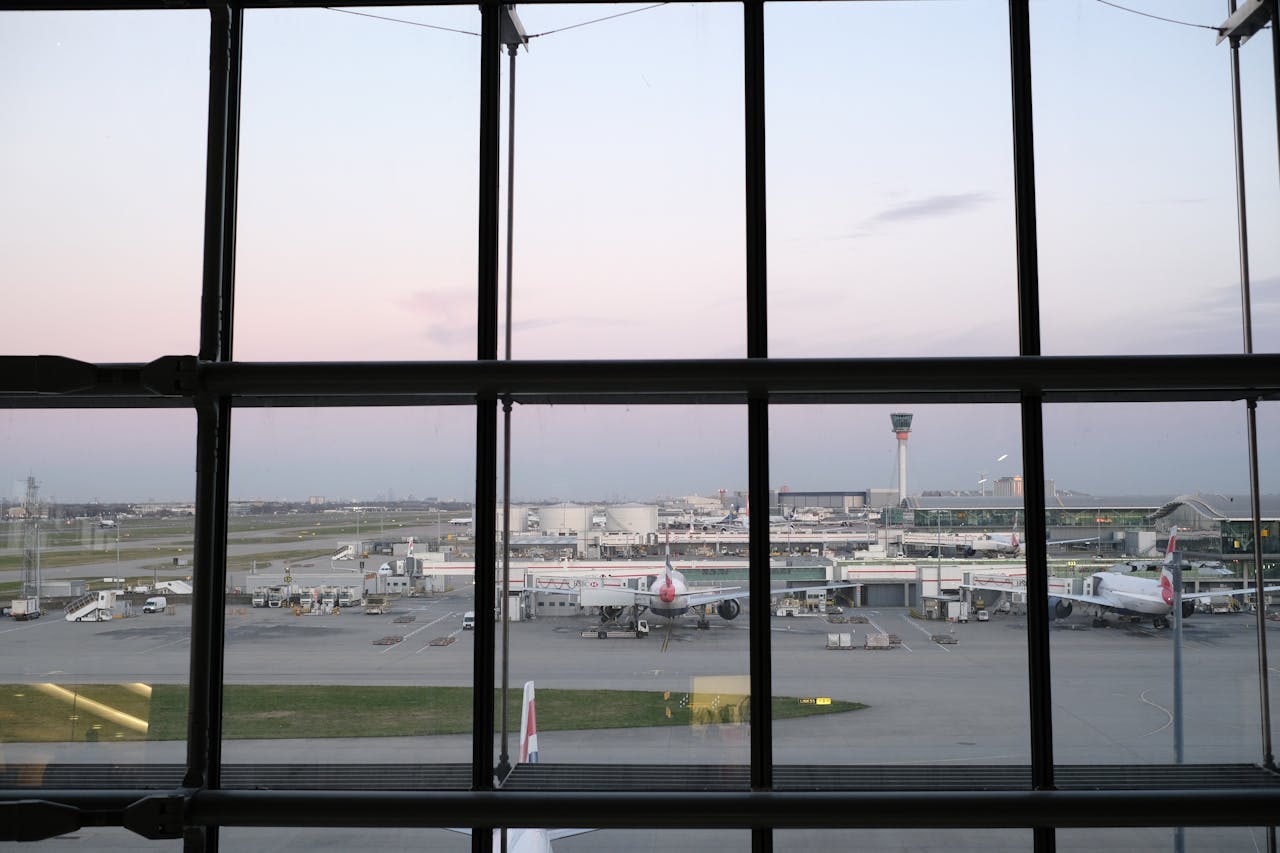
Covent Garden: A Lively Start
I started in Covent Garden, one of the liveliest areas in the heart of the city. The streets were lined with performers, the aroma of fresh coffee floated in the air, and everything seemed to hum with energy. Hotels in Covent Garden put you right in the middle of things – perfect if you’re the kind of traveller who loves stepping out of your hotel and finding yourself in the thick of it.
But while it’s bustling, Covent Garden isn’t overwhelming. It has a mix of boutique hotels and well-known chains, perfect for those who want to stay in central London. I opted for a small boutique with a rooftop bar, offering a view of the twinkling city skyline at night. It was the ideal spot for anyone looking for convenience, charm, and excitement all in one place.
Notting Hill: Charming and Iconic
After a few days, I ventured west to Notting Hill. Now, if you’ve seen the movie, you probably have a certain image in your head, and to be honest, it lives up to the charm! The pastel-coloured houses, quirky antique shops, and that iconic Portobello Road Market—this area feels more like a cosy village than a part of one of the world’s largest cities.
Staying here was like finding a quiet retreat while still being close to central London. I stayed in a lovely B&B—the kind that served freshly baked croissants every morning. It was a world away from the hustle and bustle but still connected enough to the London Underground that I could easily get anywhere.
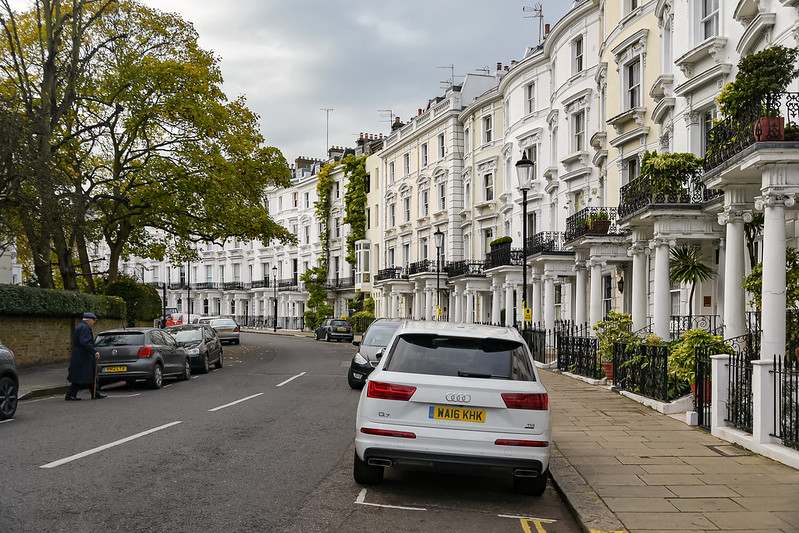
Shoreditch: Trendy and Hip
Now, if you’re after something a bit more modern and edgy, Shoreditch is where you need to be. It’s the creative hub of London, full of vibrant street art, trendy coffee shops, and quirky hotels that reflect the area’s character. As I wandered through its colourful streets, I realised Shoreditch was a world apart from the polished West End.
The hotels in Shoreditch are a mix of stylish boutique spots, warehouse conversions, and hipster havens. I found a converted warehouse-turned-hotel, with exposed brick walls, sleek industrial décor, and an in-house coffee bar that served up some of the best flat whites I’ve ever had. It’s ideal if you love art, creativity, and exploring a more alternative side of the city.
The Final Choice: Your Personal London
After staying in these different parts of the city, I realised that where you stay in London really depends on the kind of experience you want. Covent Garden for those who love being in the heart of the action. Notting Hill for a more relaxed, village-like atmosphere. Shoreditch for the creatively inclined. And Southbank if you want stunning views and proximity to major landmarks.
So, whether you’re visiting for the first time or returning to discover more, remember that where you stay can shape your adventure in this incredible city. London offers something for every traveller—you just have to decide what kind of London you want to experience.
Tips for Booking Your Stay:
- Book your stay well in advance, especially if you’re visiting during the peak tourist season.
- Look for deals on mid-week stays, especially in the more expensive areas like Covent Garden or Southbank.
- If you’re looking for something budget-friendly, consider staying slightly outside central London but near a good transport link.
In the end, the best advice I can give? Let your accommodation be more than just a place to sleep—let it be part of your London adventure.
